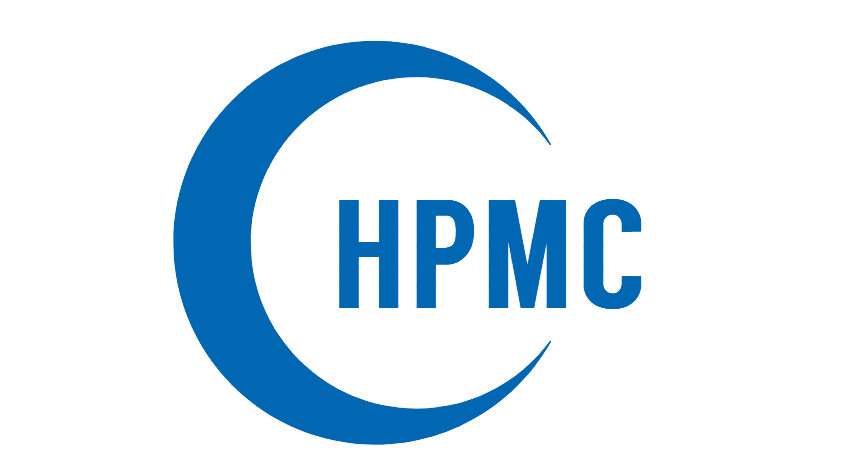HPMC manufacturer-Application of Hydroxypropyl Methyl Cellulose HPMC in Foamed Concrete
In the current production technology, many closed pores of foam concrete are not naturally occurring, but are made of mixed raw materials, such as a mixing device, so as to effectively close the hydroxypropyl pore solution to excessively waste the filler, mainly to save cost. Due to the special properties of hydroxypropyl methylcellulose and various raw materials, it can make a good mix together, so that they improve the tensile and compressive strength between the special bonds.
Hydroxypropyl methylcellulose can prolong the settling time of cement slurry or mortar, delay the hydration kinetics of cement, and help to improve the operability of cement-based materials. Over time, it can increase the consistency of the mortar and the slump of the concrete, but may also delay the construction progress, especially for the adverse effects of mortar and concrete in low temperature environments. Hydroxypropyl methylcellulose delayed the hydration of important clinker minerals such as calcium aluminate trihydrate and tricalcium silicate, but had no effect on the hydration kinetics. Hydroxypropyl methylcellulose mainly reduces the reaction rate during the acceleration phase, while the system mainly extends the induction period. The results show that the degree of substitution is the main factor affecting cement hydration. The smaller the degree of substitution, the more obvious the hydration of cement. Study on the mechanism of delayed hydration of hydroxypropyl methyl cellulose cement.
The viscosity of hydroxypropyl methylcellulose was found to have little effect on the hydration of cement.
The results show that the hydration product has a strong adsorption capacity for hydroxypropylmethyl cellulose, and the delay is obvious.
